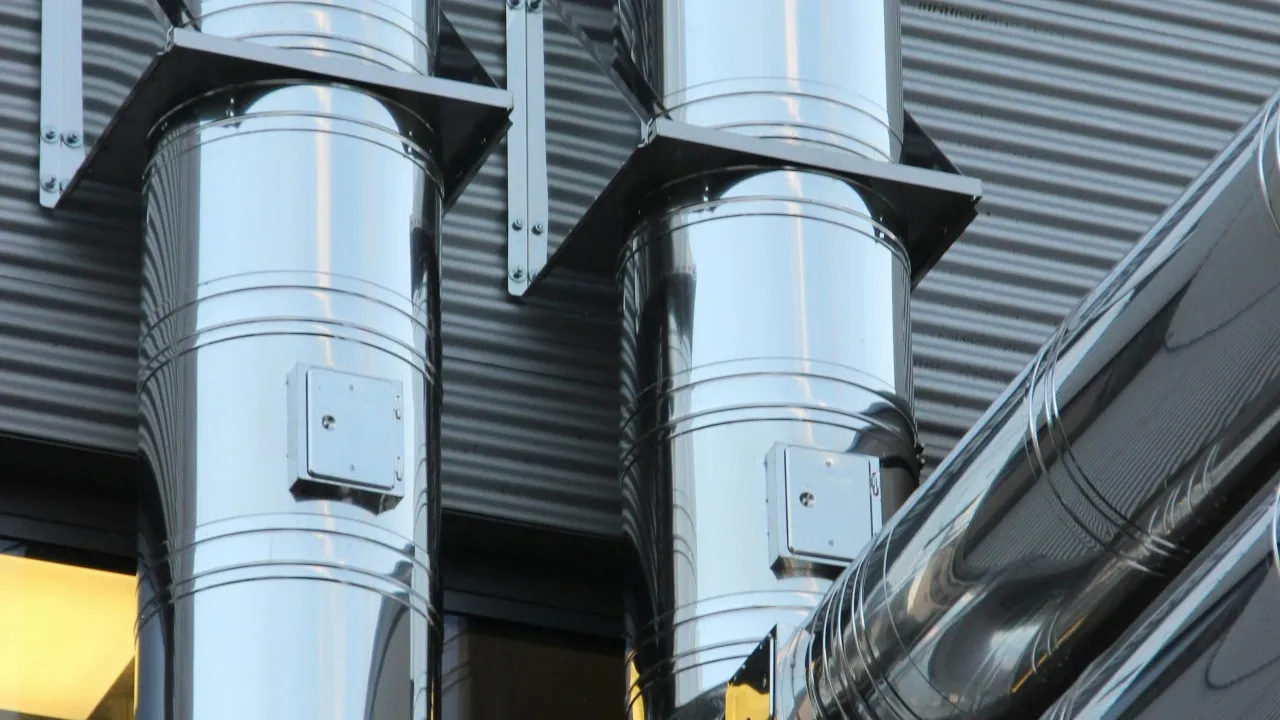Modern infrastructure planning is shifting from environmental disruption to ecologically-conscious development. By integrating natural systems into projects, infrastructure now aims to minimize damage and support environmental restoration.
Understanding Ecological Risks in Infrastructure Development
Infrastructure projects pose several categories of ecological risk that planners must carefully consider. Habitat fragmentation occurs when roads, railways, or urban developments create barriers that prevent wildlife from accessing food sources, breeding grounds, or seasonal territories. This fragmentation can lead to isolated populations that are more vulnerable to disease, genetic bottlenecks, and local extinction.
Water systems face particular vulnerability from infrastructure development. Construction activities can alter natural drainage patterns, increase sediment runoff, and introduce pollutants into waterways. These changes affect not only aquatic life but also the broader ecosystems that depend on healthy water sources.
Air quality represents another significant concern, especially for transportation infrastructure. Vehicle emissions, construction dust, and industrial activities associated with major projects can degrade air quality for miles around development sites, affecting both human health and plant communities.
Soil contamination and erosion present additional challenges. Heavy machinery, chemical usage, and the removal of stabilizing vegetation can lead to long-term soil degradation that impacts agricultural productivity and natural plant communities for decades after project completion.
Green Infrastructure Solutions
Green infrastructure represents one of the most promising approaches to addressing ecological risks while meeting development needs. These solutions work by incorporating natural systems into built environments, creating infrastructure that provides multiple benefits simultaneously.
Urban stormwater management exemplifies this approach effectively. Traditional stormwater systems rely on concrete channels and pipes to quickly move rainwater away from developed areas. Green infrastructure alternatives include constructed wetlands, bioswales, and permeable pavements that filter pollutants, reduce flooding, and provide habitat for wildlife while managing water flow.
Green roofs and living walls offer another example of how infrastructure can support ecological goals. These installations reduce energy consumption for heating and cooling, manage stormwater runoff, improve air quality, and create habitat corridors for birds and insects in urban environments.
Transportation infrastructure increasingly incorporates green elements as well. Highway departments now routinely include wildlife corridors, native plant landscaping, and noise barriers made from living vegetation. These features reduce the ecological impact of roads while providing ecosystem services like carbon sequestration and air purification.
Wildlife Corridors and Habitat Connectivity
Wildlife corridors represent one of the most direct ways infrastructure projects can address ecological risks while maintaining connectivity between fragmented habitats. These corridors take various forms depending on the landscape and target species.
Overpasses and underpasses allow animals to safely cross major highways without risk of vehicle strikes. The Banff National Park wildlife overpasses in Canada have successfully reduced animal-vehicle collisions by over 80% while maintaining genetic diversity in wildlife populations on both sides of the Trans-Canada Highway.
Aquatic corridors address the needs of fish and other water-dependent species. Fish ladders, bypass channels, and dam removal projects help restore natural migration patterns that are essential for species like salmon, which require access to both marine and freshwater environments to complete their life cycles.
Urban wildlife corridors connect parks and natural areas through greenbelts, riparian buffers, and even modified building designs that accommodate wildlife movement. These corridors are particularly important for bird migration routes and the movement of small mammals in developed landscapes.
Sustainable Construction Practices
The construction phase of infrastructure projects often presents the highest risk of ecological damage, but sustainable construction practices can significantly reduce these impacts. Timing restrictions protect wildlife during critical periods like breeding seasons or migration windows. Many projects now schedule construction activities to avoid these sensitive times.
Erosion and sediment control measures protect water quality during construction. Techniques include temporary vegetation, sediment barriers, and retention ponds that capture runoff before it reaches natural waterways. These measures are particularly important on steep slopes and near sensitive aquatic habitats.
Material selection plays a crucial role in reducing ecological impact. Recycled materials, locally-sourced supplies, and low-impact alternatives reduce transportation emissions and resource extraction pressures. For example, recycled concrete aggregate can replace virgin stone in many applications, reducing the need for new quarrying operations.
Equipment efficiency and alternative fuels help reduce air quality impacts from construction activities. Electric and hybrid construction equipment, while still emerging technologies, offer the potential to significantly reduce emissions in sensitive areas.
Restoration and Mitigation Strategies
When ecological impacts cannot be completely avoided, restoration and mitigation strategies help offset unavoidable damage. These approaches often create net positive outcomes for ecosystems when properly implemented.
Wetland mitigation banking allows developers to purchase credits from restored or created wetlands, ensuring that wetland losses in one location are offset by gains elsewhere. This system has helped maintain overall wetland acreage while allowing necessary development to proceed.
Native species restoration focuses on reestablishing plant and animal communities that existed before development. This work often involves removing invasive species, replanting with locally-appropriate native plants, and creating habitat features like nesting boxes or brush piles.
Soil restoration addresses contamination and compaction issues left behind by construction activities. Techniques include adding organic matter, introducing beneficial microorganisms, and establishing deep-rooted plants that can break up compacted layers.
Long-term monitoring ensures that restoration efforts achieve their intended goals and allows environmental permitting consultants to implement adaptive management when initial approaches prove insufficient.
Economic Benefits of Ecological Infrastructure
Ecologically-conscious infrastructure often provides significant economic advantages that help justify higher upfront costs. Ecosystem services like flood control, air purification, and carbon sequestration provide measurable economic value that continues throughout the project’s lifetime.
Energy savings from green building techniques reduce operational costs for decades. Green roofs provide insulation that reduces heating and cooling costs, while strategic landscaping can reduce energy consumption by 20% or more.
Property values typically increase in areas with high-quality green infrastructure. Parks, greenbelts, and well-designed natural areas make surrounding properties more desirable and valuable.
Healthcare cost reductions result from improved air quality and increased opportunities for physical activity. Communities with extensive green infrastructure report lower rates of respiratory illness and higher levels of physical fitness among residents.
Tourism and recreation opportunities created by ecological infrastructure can provide ongoing revenue streams for local communities. Well-designed greenways, wildlife viewing areas, and natural recreation facilities attract visitors and support local businesses.
Conclusion
Integrating ecological considerations into infrastructure planning is essential for long-term sustainability as climate change and biodiversity loss accelerate. By fostering collaboration between engineers, ecologists, and community stakeholders, projects can meet diverse goals while creating adaptable, resilient systems.
Stay in touch to get more updates & alerts on Baddieshub! Thank you




